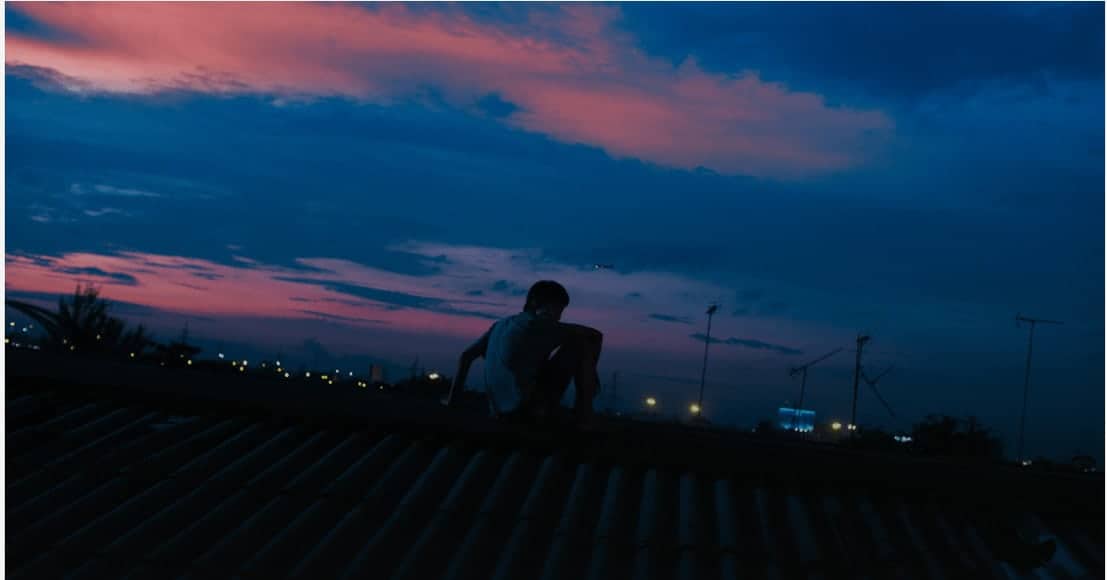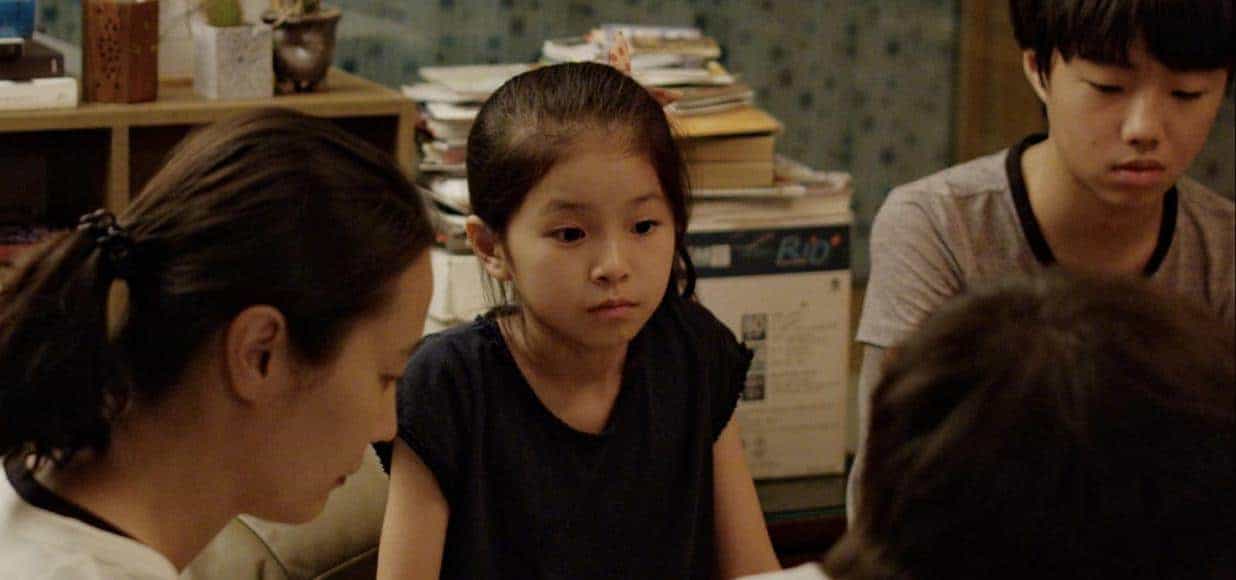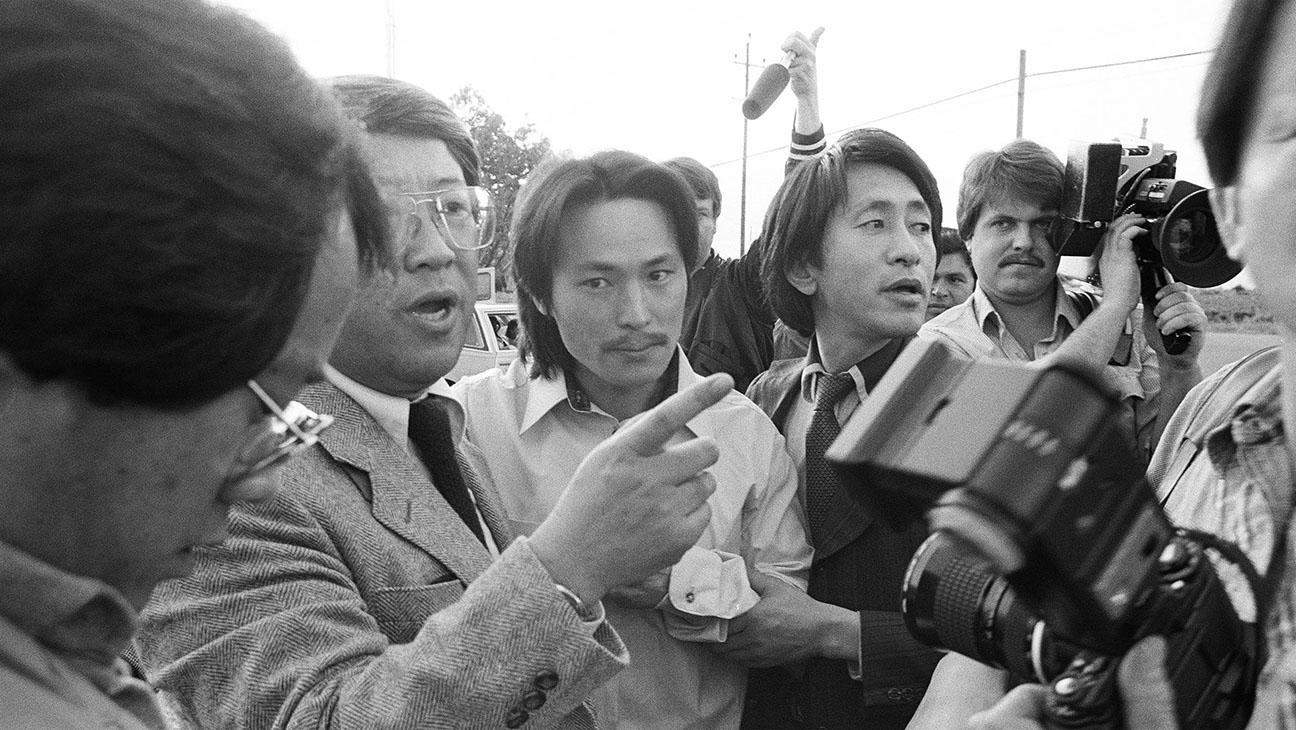Many cities around the world pride themselves on their diversity, which is often reflected in their urban landscape. London and New York with their unique version of Chinatown or the latter with Little Italy are just some examples and arguably among the most famous, but there are numerous others, streets or even whole districts in towns or cities occupied by a culture. What was once a natural consequence of mass immigration is now a mirror of such concepts as the “melting pot” approach to immigration and integration. However, while some of them remain, others have been removed and demolished due to restructuring programs or the current phenomenon of gentrification. Once the city of San Francisco had such a thriving scene, consisting mainly of people from the Philippines, but as their last refuge fell prey to bulldozers and wrecking balls, there is only the memory on people's minds.
The Fall of the I-Hotel is screening at San Diego Asian Film Festival

Before the International Hotel, also nicknamed I-Hotel, was pulled down, director Curtis Choy and his team made a short documentary about its final days, but also its significance for San Francisco's Asian community. “The Fall of the I-Hotel”, which has now been restored, documents how the hotel became an important meeting place and living space for South-East Asians, especially manongs, which is the respectful term Filipinos use for their elderly. As more and more people arrived in the 1910s and 1920s, having been taught American values and searching for their version of the American Dream, Kearny Street and the area close by transformed into Manilatown. Pool halls and barbershops became important meeting points, especially for the manong who had several places to socialise, get a bite to eat and in general, pass the time. That its until the first shops were sold, closed and ultimately replaced by building sites which closed in on the International Hotel.
While you can take Choy's 60-minute feature as a historical document, there is a layer to “The Fall of the I-Hotel” making it a warning for our times. The images of people protesting in front of the hotel, not only Filipinos, but citizens from all walks of life, and the bureaucratic battle with the city's administration reminds us of the current vision of cities turning more and more into gentrified dead zones. There are many issues which are covered in the documentary, but perhaps the most important is the changing face of the urban sphere, forgetting its cultural heritage. As Choy takes his time examining the various rhythms and dynamics of the Filipino community, interviewing inhabitants of the hotel as well as showing meeting places on Kearny Street, he poses the question whether the loss of these spaces can ever be compensated. Indeed, “The Fall of the I-Hotel” becomes more and more a parable about how what has kept a community together is replaced by greed and shortsightedness.
“The Fall of the I-Hotel” is an eye-opening and very well-made documentary about a process which is going on in many cities and cultures as we speak. Far from being a historical document, Curtis Choy's feature is perhaps more relevant than ever, presenting the loss of a community and its consequences.















